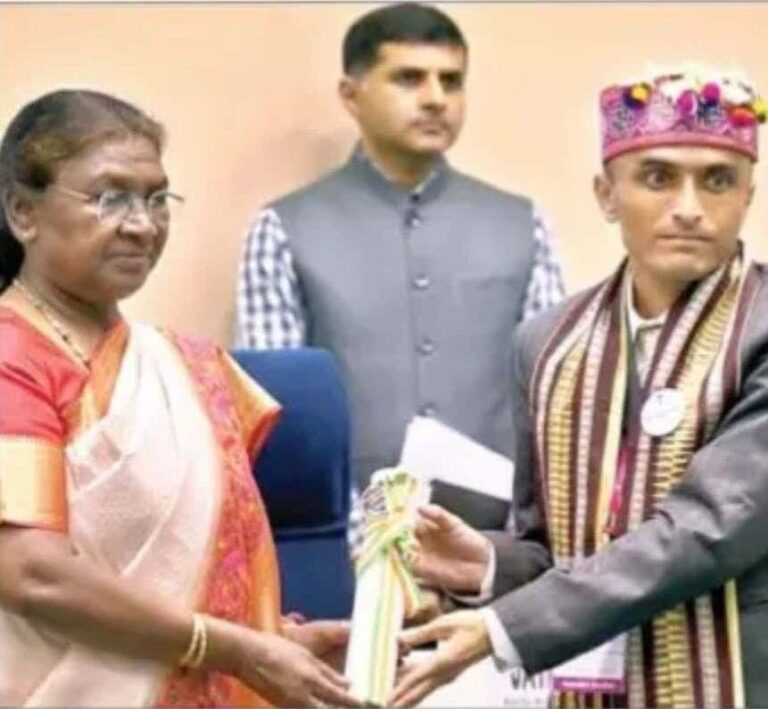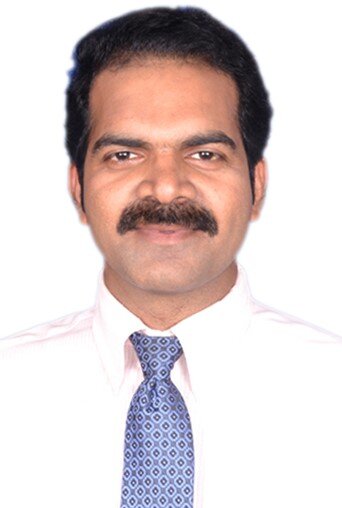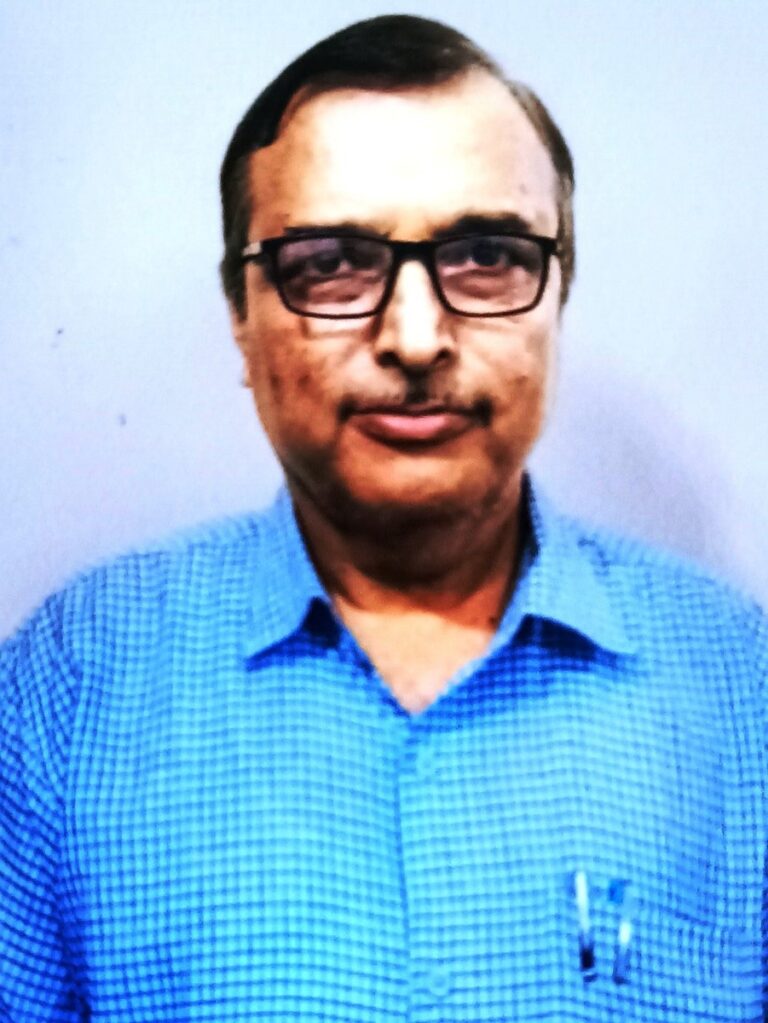Sanjay Vats: Writing a new chapter through innovations
Sanjay Vats : Writing a new chapter through innovations

Sanjay Vats: Writing a New Chapter Through Innovations
Puppetry has long been a powerful medium for spreading awareness. While puppet shows may not be as common in modern society, they have found a special place in schools, captivating young minds. Sanjay Vats, a teacher at the Government Primary School in Bedpur, Roorkee Block, Haridwar district, Uttarakhand, is advancing the tradition of playful learning by using puppets to educate children.
A Treasure Trove of Knowledge: Glove Puppets
In India, puppetry is broadly categorized into four types: string puppets, glove puppets, rod puppets, and shadow puppets. Sanjay Vats skillfully uses glove puppets to teach nearly every subject, making learning engaging and accessible. Beyond the classroom, he employs street plays with puppets to raise awareness on critical issues like female foeticide, polio, literacy, encouraging girls to attend school, water conservation, and disability, presenting these topics in an engaging and impactful way.
Puppets Win Hearts
Sanjay Vats joined the Bedpur Primary School as an assistant teacher in 2009 through the Special BTC program. He began creating small puppets as part of Teaching-Learning Materials (TLM) to make lessons interactive. His participation in a puppetry training program organized by the Cultural Resource and Training Centre (CCRT) in Udaipur in 2015 further honed his skills. Since then, he has been promoting puppetry-based education in his district, inspiring both students and fellow educators. As a guest trainer at CCRT workshops, he has also trained other teachers in this art form.
Puppets Keep Children Engaged
Working at Bedpur Primary School since 2009, Sanjay Vats notes that puppetry has been highly effective in retaining students’ interest and keeping them engaged in school. His innovative approach has created a joyful learning environment, fostering curiosity and participation.
“Talim ka Savera”: The Wall Magazine Initiative
To enhance foundational education, innovative teaching methods have become essential. Activity-based learning, a successful concept in private schools, is now being embraced in primary schools as well. One such initiative is the wall magazine, or “diwar patrika,” which allows children to express their thoughts in their everyday language, fostering creativity and confidence. This practice not only brings joy but also supports natural cognitive development and linguistic skills.
Wall magazines serve as an affordable and effective medium to share information, facts, and ideas with students. The campaign “Diwar Patrika: Ek Abhiyan” has gained significant traction on social media, with a dedicated Facebook group and blog showcasing wall magazines from various schools. Starting in Uttarakhand’s Pithoragarh district, this movement has spread to over 200 schools in Uttarakhand, as well as schools in Uttar Pradesh, Delhi, Himachal Pradesh, and beyond. In Haridwar, creative teachers like Sanjay Vats have embraced this initiative, enriching the educational landscape.
Traditional school education often focuses on rote memorization for exams, leaving little room for original expression. Wall magazines bridge this gap by providing a platform for children to share their thoughts and emotions freely. This process not only boosts their confidence but also encourages a love for reading and writing, as these skills are interconnected. By fostering a space for creative expression, wall magazines are transforming education, making it more inclusive and engaging for students across the country.





